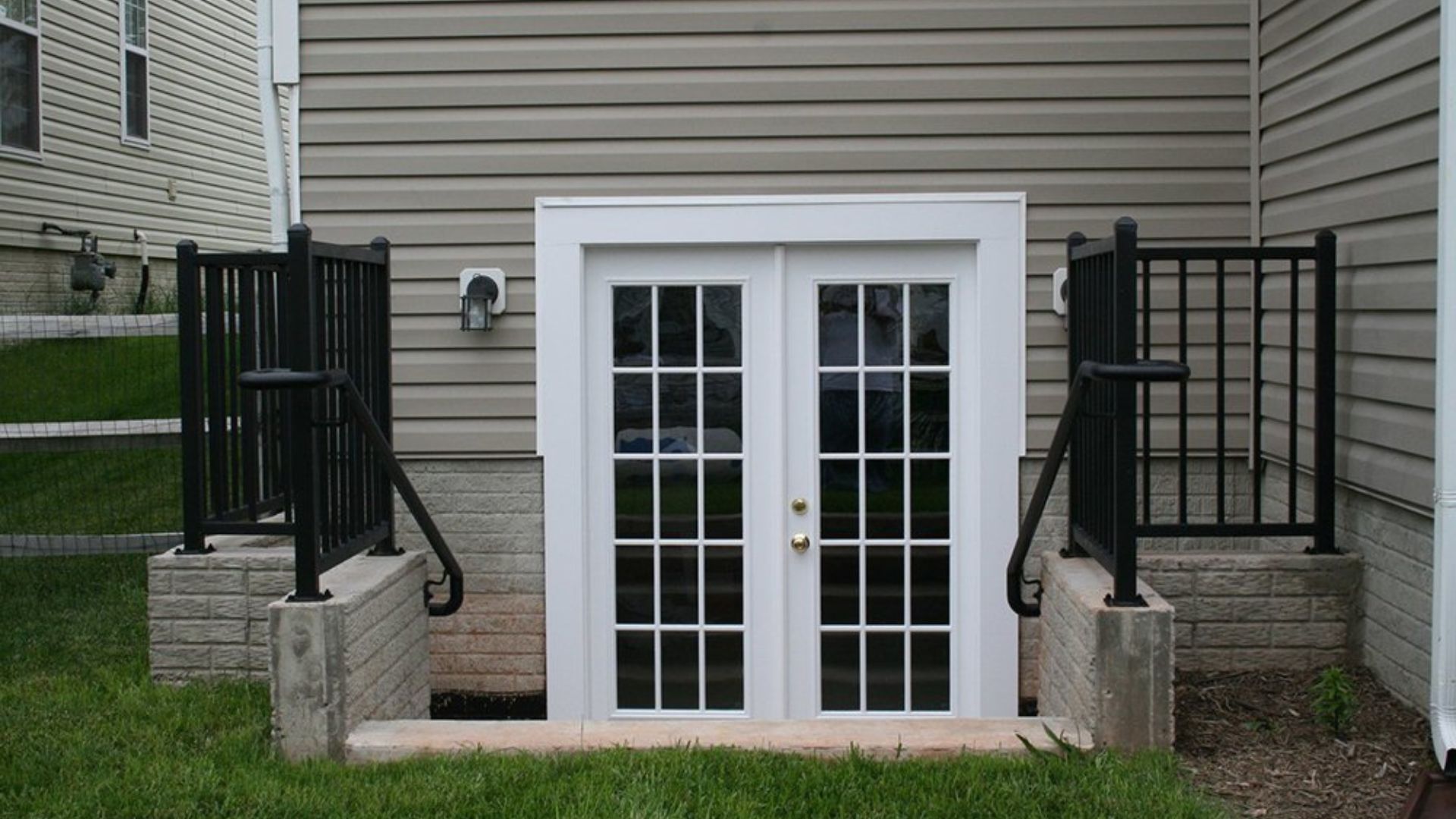Basements are often overlooked spaces with untapped potential. When it comes to basement design, one of the most significant distinctions is whether it’s a walkout basement or a standard, also known as a “normal” basement. Let’s explore the key differences between the two.

1. Accessibility
- Walkout Basement: The defining feature of a walkout basement is its direct access to the outdoors. It typically has full-sized windows or glass doors that allow you to step outside directly from the basement level. This design makes it accessible to both the interior of the home and the exterior, often leading to a patio, deck, or garden.
- Normal Basement: A standard basement is typically below ground level and lacks direct outdoor access. Entry and exit are typically through an interior staircase, making it less accessible from the outdoors.
2. Natural Light and Ventilation
- Walkout Basement: Walkout basements benefit from an abundance of natural light. Their large windows and outdoor access ensure ample sunlight and improved ventilation, making them feel less like traditional basements.
- Normal Basement: Normal basements, being mostly underground, rely on artificial lighting and mechanical ventilation systems. They tend to be darker and may require more lighting to create a well-lit, comfortable environment.
3. Design Flexibility
- Walkout Basement: The accessibility and natural light in walkout basements offer more design flexibility. They are often used for recreational spaces, guest suites, or home offices due to their inviting nature.
- Normal Basement: Standard basements are frequently used for storage, laundry, utility rooms, or as a space for mechanical systems due to their limited access and reduced natural light.
4. Construction Challenges
- Walkout Basement: Constructing a walkout basement can be more complex and costly. Excavation work, additional foundation support, and the inclusion of exterior access all contribute to higher construction expenses.
- Normal Basement: A standard basement is simpler and less expensive to build because it’s fully below ground level. It doesn’t require the extensive excavation or the construction of walkout access.
5. Property Suitability
- Walkout Basement: The feasibility of having a walkout basement largely depends on the property’s topography. It’s more practical on sloped or hillside lots where the grade allows for walkout access.
- Normal Basement: Normal basements can be constructed on a wider range of property types, making them a common choice for homes built on flat or gently sloping terrain.
In summary, the primary difference between a walkout basement and a normal basement lies in accessibility, natural light, and design flexibility. Walkout basements offer the advantage of direct outdoor access, abundant natural light, and the potential for versatile living spaces. However, they come with added construction costs and are dependent on the property’s topography. Normal basements, while less expensive to build, may require more effort and investment to transform into comfortable living areas due to their limited access and natural light. The choice between the two depends on your property, budget, and how you envision using the space.


